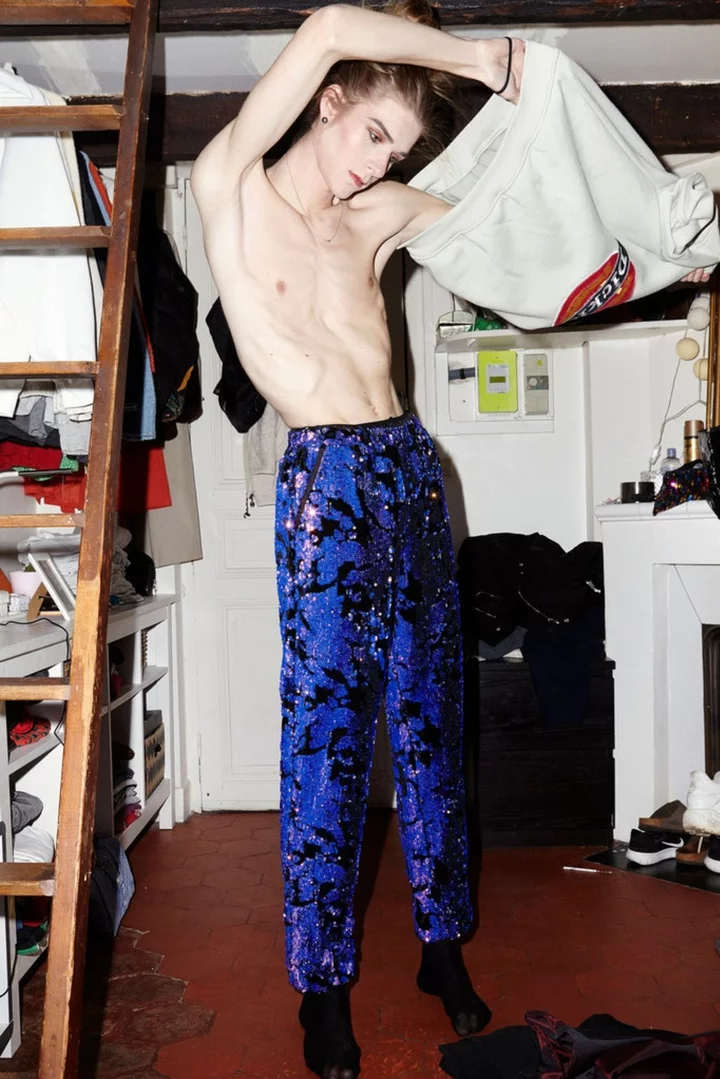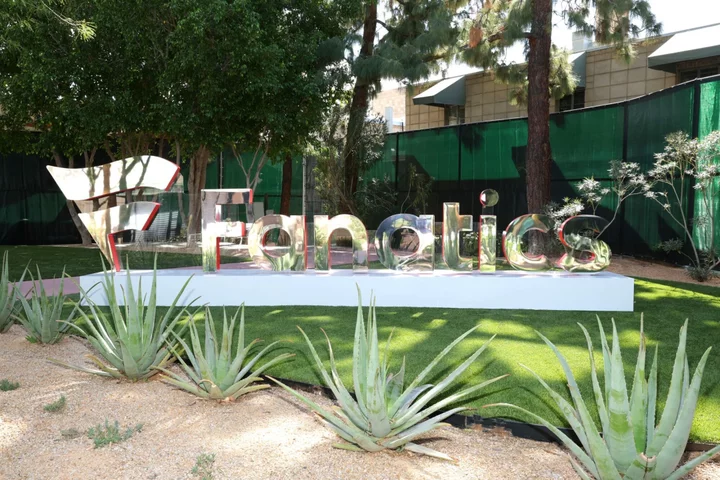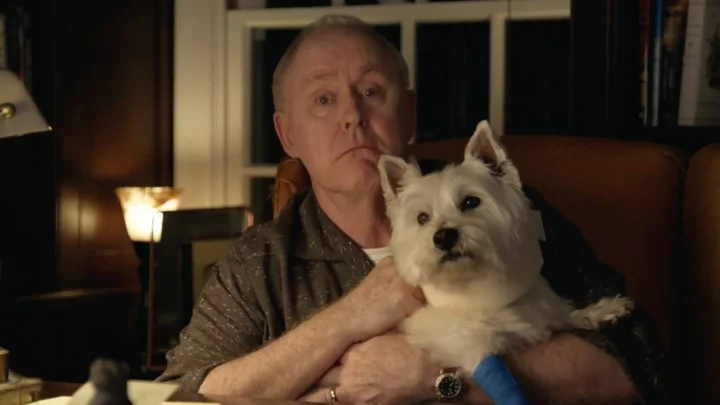It’s amazing how much the little spaces we carve out for ourselves can reveal about our personalities, isn’t it? How we style our bedrooms, the pictures we pin up, the objects we display in pride of place on our dressing tables and desks. What’s perhaps even more telling is the way we build our routines into our spaces, and the personal rituals we play out within them. The way we while away an evening, for instance, or the side of the bed we sleep on, or the things we do before heading out into the world.
For French photographer Vincent Ferrané, this latter ritual — the act of getting ready, in front of the mirror, to leave home — became the focus of his new series, Every-day. Over the course of a year and a half, he spent time in the personal spaces of seven young Parisians — Ava, Jackie, Leo, Mathieu, Matthias, Maty, and Raya — photographing each of them as they paraded in front of their own reflections, applying makeup and agonizing over outfit choices. The result is a glittering cross-section of the experience of getting ready, wrapped up in all the anticipation and magic of making ourselves up for the outside world.
All seven of Ferrané’s subjects identify as transgender or non-binary but beyond their chosen first names, Ferrané shares little else about the particulars of their lives, instead letting us learn about them through the ways they see themselves. “I believe that there is still a lot of misunderstanding or blindness in our societies as to how notions of gender, sex, and sexuality are actually articulated for everyone,” Ferrané says. “This series brings together trans people — trans women and trans men — but while some may be attached to this definition, others, on the contrary, will consider themselves simply male or female, and then there are non-binary people for whom any definition of gender is either too narrow or totally irrelevant.” Away from reductive binary codes, Ferrané says he is interested in the “material extensions of identity” — the little things people do or surround themselves with to make them feel like themselves.
In some pictures we get to know the smaller gestures — the way Raya applies lipstick or Maty puts on earrings or Jackie turns up shirt sleeves — while others reveal the more personal parts of their daily process: the taking care of mastectomy scars, the packing of underpants. Ferrané is careful to point out that we should not see these as vulnerable moments. “I want to celebrate fragility, of course, but I also want to underline the strength and determination of spirit that these moments show.” These are people making positive life choices and living by them, he says, and that’s powerful.
Blending documentary and fashion photography, Ferrané uses a direct flash in all of his pictures, unifying them with a clean and piercing style. “The details of a stack of objects and an intense gaze into the mirror have the same importance,” he explains, so using the same light across the board allows him to treat all subjects with a kind of equality. He wanted to search for moments that everyone could relate to and make pictures that would invite us to consider the incarnations of ourselves we put out into the world. His subjects seem to forget his presence in the end, comfortable with him being there.
Apart from the fact that they are trans or non-binary, Ferrané says these seven individuals are more predominantly linked by the fact that they are all young adults from the same generation living in Paris, with relationships to the worlds of fashion and art. Ferrané knew some of his subjects beforehand; others he met during the making of the project. He started the series with Mathieu, who we see carefully shaving his facial hair and putting on a rich red satin shirt and matching slick of terracotta eyeshadow. Ferrané met Mathieu when he came from the south of France to Paris to model for fashion week. “I found it interesting to present a person of this generation — who relies heavily on popularity and on social networks — in this intimate way.” He started taking pictures of Jackie and Raya at the same time, and describes Raya as a rising star of the fashion world and a “real figure of Parisian nights.”
Later, he met Ava and Leo, Matthias and Maty. He points out a particular image of Matthias pulling a pink T-shirt over his head, arms up, revealing a little tattoo of a heart with bat wings in the middle of his chest. Behind him, a mask with hollowed out eyes and bright red plaits hangs on the wall. “I knew Matthias’ work as a painter before I began this project,” Ferrané recalls. “His vision is all dark and sensual fantasy and I found that fascinating.” The interior of his house reflected this, he says, packed with mountains of clothing, jewelry, and other strange objects. “This accumulation creates an atmosphere closer to a temple, to a sanctuary than to an interior design,” he muses. In another image of Ava’s home, we see a series of photo booth pictures tacked on the wall — a transition diary, Ferrané explains, taken regularly and pinned up. “It’s like a personal story in motion — an art installation at home,” he says.
Getting ready, whether on your own or in the company of someone, is a sacred ritual and being present while someone else gets ready is an intimate thing. It’s a privilege to witness these parts of another person’s life, says Ferrané, reminding us of times when we would sit on the bed and watch a parent or an older sibling or a friend getting ready. “We all remember those moments of preparation,” Ferrané says, “which are always as much a way of learning about the other person as learning from them.”
What it means to see ourselves has changed. Where once we may have looked at our reflection in the mirror just a handful of times a day, our weeks are increasingly spent looking at distorted images of ourselves on screens and video calls as we log on for work or to keep in touch with the people we love. We go out less and we have less to get dressed up for, which makes the moments we see in Ferrané’s pictures all the more precious. “The people in these pictures are individuals, with unique personal histories and interests. One can understand this by their gestures, their bodies, the beauty codes they interpret, the choice of their clothes, the things they display on the walls, the care they take for themselves… All of these very personal elements feed into the ever-fragile project of being oneself,” Ferrané concludes. Simple and gorgeously shot, his series blends the buzz of getting ready to go out with a powerful and poignant message of equality: that individuality is beautiful and should be celebrated at every turn.









